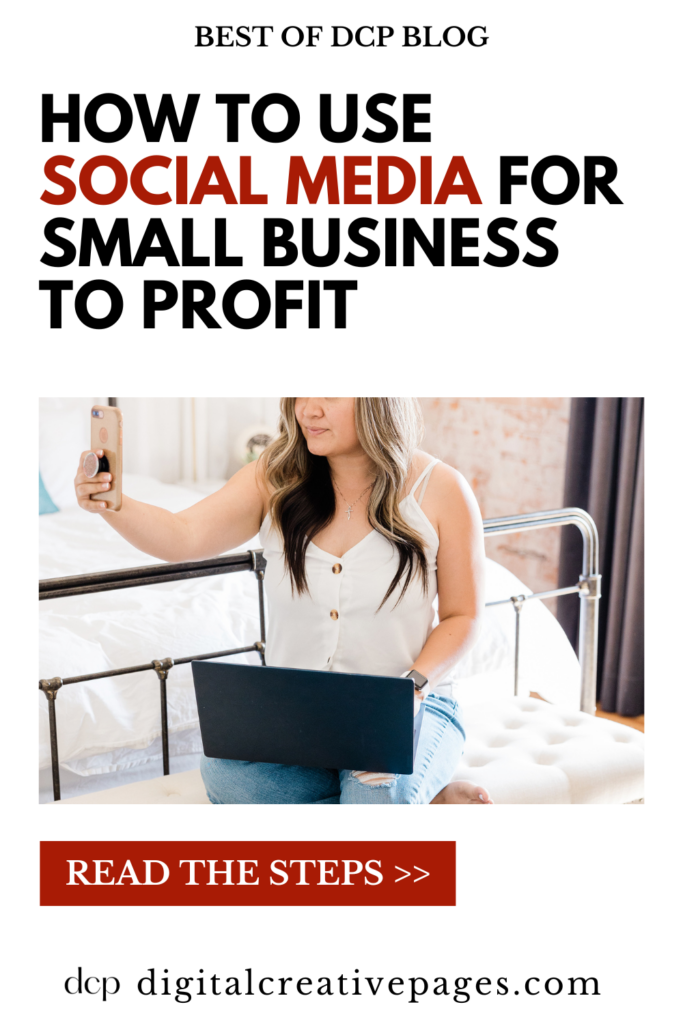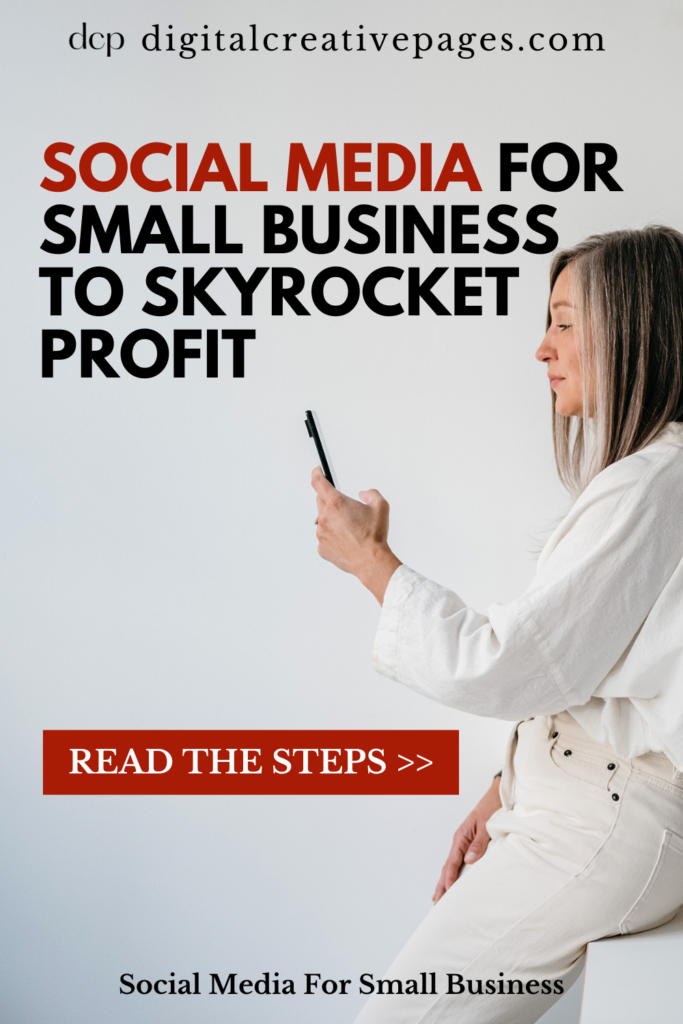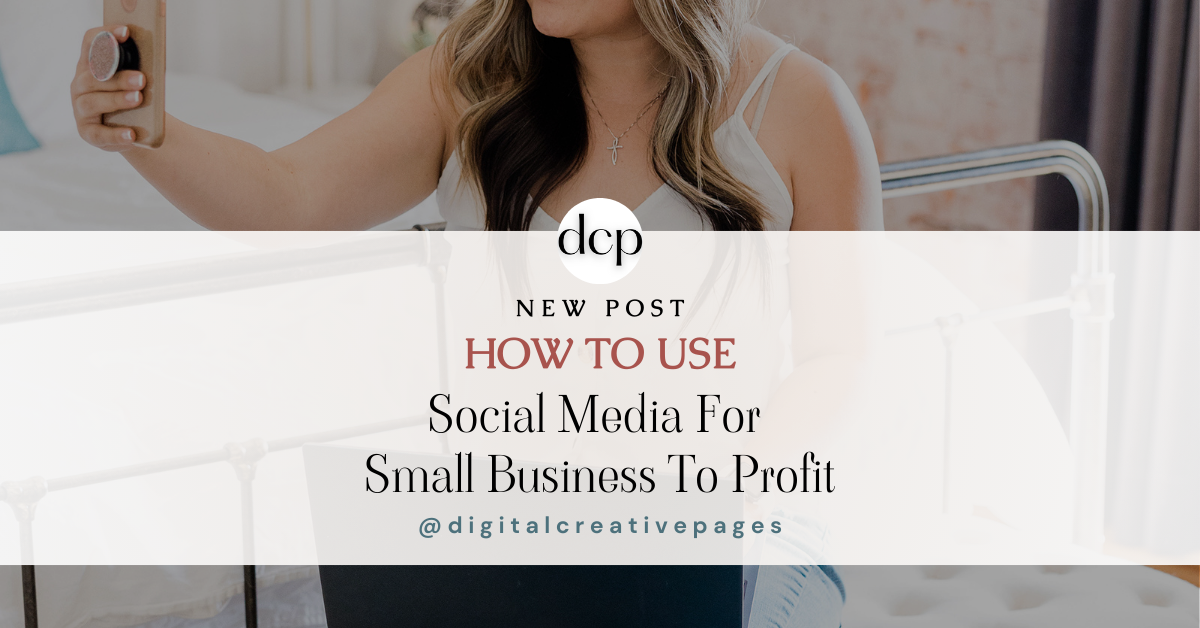Browse around
topics
Hey Girl!
business mentor + beta reader + book editor
I'm Nila
I'm a beta reader, editor, and behind-the-scenes support for authors and entrepreneurs.
I help women turn their skills into income by building sustainable online businesses with digital products and smart content strategy—so they can work from anywhere, on their terms.
Customize Your Showit Template To Get Results
showit
15 Small Business Ideas To make You Rich
Entrepreneurship
Pro Beta-Reading Services For Your Manuscript
Books
Pinterest – Perfect Virtual Assistant For Your Blog
social media
Author Templates
Make showing up online easier with this ready-to-use set of author templates. Whether you’re announcing a cover reveal, celebrating your first reviews, or simply wanting to connect with readers, these designs save you time while still looking polished.
Canva template
My bestsellers
Pinterest Playbook
Imagine driving massive traffic to your website every day with Pinterest!
A comprehensive roadmap to mastering Pinterest marketing and growing your online presence effortlessly!
How To Start A Successful Blog to Make Money
blogging
Mindfulness Practices To Decrease Anxiety
mindfulness
Stock pics
Styled Stock Society
Stock photos and brand visuals for women entrepreneurs who are ready to stand out.
Styled Stock Society — with its on-brand and one-of-a-kind stock photos, graphic templates, marketing materials, and more — is designed to elevate your brand in less time.
#affiliatelink
Introduction
Social media is no longer just a tool for sharing selfies or catching up with friends; it has evolved into a powerful platform for small businesses to connect with their audience, build a brand, and drive sales. It’s one of the most cost-effective and impactful ways for building your brand. But how to use social media for small business and navigate this dynamic space effectively?
Whether you’re just starting out or trying to revamp your existing strategy, this post will show you how to leverage social media effectively for your small business. I’ll walk you through everything you need to know—from getting started to mastering the nuances of various platforms—in a clear, actionable, and approachable way. Let’s dive in.
Pin this for later

Why Is Social Media Important for Small Businesses?
Social media isn’t just a “nice-to-have” anymore; it’s a must. It isn’t just a marketing tool; it’s a business necessity.
Here’s why:
1. It Builds Trust
Active social media accounts show customers you’re legitimate.
2. It Expands Your Reach
Social platforms can connect you with customers you wouldn’t reach otherwise. Connect with people outside your immediate geographic area.
3. It Gives Enhanced Visibility
Regular posting keeps your brand top-of-mind.
4. It Drives Traffic
A strong presence can funnel followers to your website or physical store. Social posts can direct customers to your website or online store.
5. It’s Cost-Effective
Compared to traditional advertising, social media is budget-friendly.
6. It Builds Community
Engage with your audience to create loyal followers.
7. It Boosts Credibility
A professional and active profile builds trust.
8. It Is Cost-Effective Marketing
Many features, like posting and analytics, are free.
9. It Gives Trend Awareness
Platforms help you stay informed about industry trends and customer preferences.
10. It Gives Data Insights
Analytics help you understand your audience and improve your strategy.
Pro Tip: A strong social presence makes your business more discoverable. Pair this with SEO for even better results.
Want easy, practical content tips to grow your business? Join my weekly email list for Canva tricks, new social media updates, and simple strategies that actually work.
Should Small Businesses Use Social Media?
Absolutely. Social media is one of the most effective tools for small businesses to reach their target audience, build trust, and drive results—all without requiring a massive budget. Start small, stay consistent, and watch your business grow.
It gives
- Affordable Marketing: Social media offers free tools and affordable ad options.
- Instant Customer Interaction: Engage with your audience in real time.
- Analytics and Insights: Access data to refine your strategy.
- Scalability: Start small and grow as your business expands.
Pro Tip: Even if you’re short on time, focus on one platform to maintain an active presence.
You may like – How To Use Storytelling Hooks In Social Media Content
How to Use Social Media for Small Businesses: 14 Simple Tips
If you’re just starting, social media might feel overwhelming. The good news? By focusing on the basics, you can create a winning strategy that works without feeling stretched too thin. Here’s how:
1. Define Your Goals
Before you dive in, think about what you want to achieve. Are you looking to increase brand awareness, drive sales, or engage with your community? Whether it’s growing your audience, driving website traffic, or generating leads, setting clear objectives is the first step, and it will guide your strategy.
2. Know Your Audience
Get specific. What does your ideal customer care about? What are their problems, and how can your product or service solve them? Understanding your target audience is essential. Use tools like Google Analytics, Meta Insights, or surveys to learn about your customers’ demographics, preferences, and online habits.
3. Choose the Right Platforms
Instead of being everywhere, focus on 1-2 platforms where your target audience spends the most time. Not all social media platforms will work for your business, and neither are they created equal. For example, Instagram works well for visual brands, while LinkedIn is better for B2B services.
4. Create High-Quality, Engaging Content
Invest in visuals, videos, and captions that tell a story. High-quality photos, videos, and graphics grab attention. Use tools like Canva to create visually appealing content. People love relatable and informative content. Mix educational, entertaining, and promotional posts to keep your audience interested. Content that adds value will drive better engagement.
Related Post: To learn more, get my Canva Crash Course For Beginners
5. Be Consistent
Posting sporadically can make you look unreliable. Develop a schedule that fits your capacity—even if it’s just twice a week. Consistency helps build trust and ensures you’re engaging with your audience over time and helps to stay top of mind.
6. Leverage Stories and Reels
Short-form content like Instagram Stories and Reels performs exceptionally well. Use these formats to share quick tips, behind-the-scenes moments, or product demos. Experiment with other content formats like carousels, live videos, or even polls to see what resonates.
7. Optimize Your Posts
Use strong visuals, compelling captions, and highly-specific hashtags to make your posts stand out. Optimize the SEO keywords of your content for the platform’s algorithm. Now most social media platforms have become search engines, so leverage this benefit.
8. Engage with Your Audience
Social media is a two-way street, and engagement builds loyalty. Respond to comments, direct messages, and mentions promptly to build relationships.
9. Run Contests and Giveaways
Simple giveaways can skyrocket your engagement and visibility. Boost engagement by hosting contests or giveaways that encourage followers to share your content or tag friends.
10. Collaborate With Influencers
Partnering with micro-influencers can help you reach a broader audience authentically. Choose influencers whose followers align with your target market and who share your values. Partner with local influencers who can promote your business authentically and get to more audience within your area of operations.
11. Set SMART Goals
Define goals that are Specific, Measurable, Achievable, Relevant, and Time-bound (e.g., “Increase Instagram followers by 20% in three months”).
12. Track Your Performance With Analytics
Every platform offers insights. Use analytics tools to measure your performance. Monitor metrics like engagement rate, reach, and conversions to see what works. Adjust your strategy based on what works and double down on it.
13. Use Paid Advertising
Social media ads are an affordable way to target specific demographics. Experiment with small budgets to find what drives the best results. Platforms like Facebook and Instagram offer affordable advertising options that can target your ideal customer and specific demographics and test different ad formats.
14. Keep Up With Trends
Social media evolves quickly. Stay updated on platform features and viral trends to keep your content fresh and relevant.
Pro Tip: Use free tools like Canva for designing posts and Buffer or Hootsuite to schedule posts in advance and analyze performance without breaking the bank. These tools save time and help maintain consistency.
You may like – Automate Social Media Posts With The Best Proven Tools
How to Start Social Media for Small Businesses
Getting started with social media may feel overwhelming, but breaking it into manageable steps simplifies the process. If you’re new to social media, the key is to start small and scale up. Here’s how:
1. Identify Your Goals and Set Clear Objectives
Decide what you want to achieve: build brand awareness, drive website traffic, or boost sales. Define what success looks like for your business. For example, is it growing your followers, driving website traffic, or increasing sales?
2. Audit Your Competitors
Look at how similar businesses are using social media. Identify what works and adapt those strategies to your brand.
3. Research Your Audience
What problems are your customers facing, and how can your business solve them?
4. Start with One Platform
Pick a platform where your audience is most active. For visual businesses, Instagram is great. For professional services, LinkedIn might be better. Start small. Focus on platforms that align with your audience and industry.
5. Learn the Basics
Take the time to understand the platform’s features and what kind of content performs well there.
6. Define Your Content Pillars
Content pillars are themes that guide what you post. For example, a bakery might focus on recipes, customer stories, and behind-the-scenes content.
7. Define Your Brand Voice
Are you formal, fun, or somewhere in between? Keep it consistent in your posts.
8. Post High-Quality Content
Prioritize quality over quantity when starting out. Focus on creating valuable and visually appealing posts.
9. Post Your First Content
Introduce your business, share your mission, or post a behind-the-scenes look.
10. Start With a Soft Launch
Share your new social media pages with family, friends, and loyal customers. Their initial engagement can boost visibility.
11. Create A Content Plan
Outline what type of content you’ll post (e.g., tutorials, testimonials, or behind-the-scenes).
12. Promote Your Page
Let your existing customers know you’re now on social media. Add your handles to your email signature and business cards.
13. Engage Daily
Be active! Dedicate 15-30 minutes a day to replying to comments, liking relevant posts, and connecting with your audience. Posting consistently and interacting with your followers build relationships.
Pro Tip: Don’t worry about perfection. Just start, and you’ll learn what works as you go. Use a 30-60-10 rule for your content mix: 30% educational, 60% engaging, and 10% promotional.
You may like – How to become a Successful Content Creator
Which Social Media Is Best for Small Businesses?
The best platform depends on your business type, target audience, and goals. Here’s a quick guide:
- Facebook: Ideal for local businesses and broad demographics community building, and event promotion. Great for running ads and hosting community groups.
- Instagram: Perfect for visually-driven brands like fashion, food, and art, and lifestyle brands. Features like reels and stories offer excellent engagement opportunities.
- LinkedIn: Best for B2B services, networking, and professional industries, and consultants
- Pinterest: Great for all niches like business, home décor, recipes, and DIY, and wedding planning.
- TikTok: Effective for brands targeting younger audiences with creative, short-form videos.
- X: Works well for news, updates, and thought leadership.
Pro Tip: Don’t spread yourself too thin. Start with one or two platforms that aligns best with your goals and audience and master them before expanding. Survey your audience or analyze competitor activity to determine where to focus your energy.
Related Post: The Best Ways To Grow Profitable Businesses On Instagram
How to Set Up Social Media for Small Businesses
Setting up your social media accounts the right way lays a strong foundation for success. Here’s how to do it step by step:
1. Select the Best Platforms
Choose platforms that align with your audience and business goals. For instance, Instagram and Pinterest are great for visual brands, while Facebook suits local businesses.
2. Claim Your Handles
Make sure your handles are consistent across all platforms to avoid confusion. Your username should reflect your business name.
3. Set Up Business Accounts
Switch to a business or professional account for access to analytics, ads, and additional features tailored for businesses.
4. Complete Your Profile
A complete profile builds trust. Ensure your profiles are complete. Fill out every section: bio, profile picture (your logo), contact information, and a link to your website.
5. Write a Compelling Bio
Use your bio to tell visitors who you are, what you do, and how you can help them. Use keywords and make it clear what your business does and who it serves. Include a call-to-action (e.g., “Shop now” or “Book a free consultation”).
6. Use Professional Photos
Your profile picture and cover photo should reflect your brand. Think logos for businesses and professional headshots for personal brands. A recognizable logo or a professional photo helps establish brand identity.
7. Set Up Call-to-Actions (CTAs)
Encourage followers to “Shop Now,” “Learn More,” or “Contact Us” directly from your profile.
8. Link to Your Website
Direct people to your homepage, product page, or blog to drive traffic. Add your website or landing page link to your bio. Use tools like Linktree if you need to share multiple links.
9. Enable Action Buttons
Platforms like Instagram and Facebook allow you to add action buttons for booking appointments, contacting you, or shopping directly from your profile.
10. Enable Business Tools
Most platforms, like Instagram and Facebook, have features like insights and ad managers tailored for businesses.
11. Brand Your Content
Use consistent colors, fonts, and tone of voice across all platforms and keep it cohesive. Branding builds recognition and trust over time.
Pro Tip: Use social media templates to maintain a cohesive look. Canva offers ready-to-use designs tailored for small businesses. Keeping your profile consistent across platforms will make it easier for customers to find you.
You may like – How to Write Social Media Captions That Will Convert
How Social Media Has Impacted Marketing for Small Businesses
Social media has leveled the playing field, allowing small businesses to compete with larger companies without the need for massive budgets. It has revolutionized how small businesses market themselves.
1. Accessibility And Increased Reach
Small businesses can now reach a global audience without a big-budget marketing plan. Platforms allow you to connect with people worldwide, expanding your customer base.
2. Customer Insights
Platforms provide real-time data about customer preferences.
3. Real-Time Feedback
You can get instant feedback from your audience through comments and reactions. Instant insights tell you how your audience perceives your brand.
4. Level Playing Field
A great campaign can go viral regardless of business size.
5. Cost-Effectiveness
Organic strategies and targeted ads make social media affordable.
6. Effective Advertising
Platforms like Facebook Ads and Instagram Ads allow you to target specific demographics.
7. Affordable Advertising
Social media ads are budget-friendly compared to traditional advertising methods.
8. Direct Engagement
You can interact directly with customers, addressing concerns and building trust.
9. Brand Awareness
Consistent posting helps keep your business top of mind. Use social media to humanize your brand. Share your story, values, and mission to connect on a deeper level.
10. Improved Customer Service
Direct messaging offers a fast and personal way to address customer concerns.
Pro Tip: Leverage testimonials and user-generated content (UGC) to build trust and authenticity with your audience. Encourage your customers to share their experiences with your product or service and tag your account.
How to Increase Social Media Presence for Small Businesses
Growing your social media presence requires consistency, creativity, and strategy.
Here are actionable tips:
1. Post Consistently
Create a content calendar to plan your posts ahead of time.
2. Engage With Your Audience
Respond to every comment, mention, and direct message. Engagement boosts visibility.
3. Leverage Stories and Reels
Short, engaging content often gets prioritized by algorithms.
4. Post at Optimal Times
Use analytics tools to determine when your audience is most active.
5. Collaborate With Other Brands
Partner with complementary businesses and influencers to cross-promote each other’s content.
6. Use Ultra-Specific Hashtags Strategically
Research and use relevant hashtags to increase discoverability.
7. Leverage User-Generated Content
Encourage customers to share their experiences with your product or service.
8. Run Contests and Giveaways
Encourage followers to tag friends or share your posts.
Pro Tip: Test different content types to see what resonates best. For example, if your audience engages more with videos than images, shift your focus to creating more video content. Don’t just aim for followers—focus on building a community that’s genuinely interested in your brand.
Building a strong social media presence takes time and effort, but the rewards are worth it. The key is consistency and value. Aim to become a go-to resource in your niche, whether through education, entertainment, or inspiration.
What to Post on Social Media for Small Businesses?
Creating content that resonates with your audience is essential. The golden rule is to keep your content relevant, engaging, and aligned with your brand values. A well-balanced content mix can include promotions, educational posts, behind-the-scenes glimpses, and customer stories.
Here are some ideas:
- Educational Content: Share tips, tutorials and how-to guides, or industry insights.
- Product Spotlights: Showcase your products or services with compelling visuals.
- Behind-the-Scenes: Showcase your team, workspace, or production process.
- Promotions: Offer limited-time deals or discounts.
- Customer Testimonials: Highlight reviews or success stories.
- User-Generated Content: Share posts from your customers featuring your product.
- Interactive Content: Use polls, quizzes, or questions to engage your audience.
- Seasonal Posts: Create content tied to holidays or current events and special occasions.
Pro Tip: Plan your content using a calendar to ensure a mix of topics and formats. Use tools like Canva or Adobe Express to create visually appealing posts that grab attention.
Conclusion
Social media is an invaluable asset for small businesses looking to grow their brand, reach their audience, and drive sales. With the right strategies, you can turn your social media platforms into powerful marketing and communication tools. The key is to start small, stay consistent, and adapt as you learn what works for your business and audience.
Remember, it’s a journey—stay consistent, experiment with new ideas, and always keep your audience in mind.
Loved This Post? Save It for Later!
And hey—if this post helped you, don’t forget to pin it to one of your boards so you can revisit it anytime. And more small business owners and creators can discover these helpful tips. Every save and share genuinely supports my work, and I’m grateful for it! Thank you!

TEMPLATES FOR ENTREPRENEURS
No time to design from scratch? My Pinterest Templates are created with strategy, structure, and your brand in mind.
Pick your style: Modern Minimalist | Soft Storytelling | Entrepreneur-Friendly Layouts
Get them here → DCP Shop
MY TOP POSTS
My INTRODUCER post – check out why I chose Showit as my website builder here
Use my code DCP to get one 1.5 months free on Showit
Get all the resources for your social media and digital marketing without breaking the bank from my DCP Shop here
FB
X
Pin
Share
By signing up for my freebies, you are agreeing that I can use your email address to market to you. You can unsubscribe from marketing emails at any time by using the link in my emails.
Leave a Reply Cancel reply
Previous Story
next Story
sound like we're a match?
Now I empower women to follow their dreams and make money from home with digital products via social media, mainly Instagram and Pinterest.
I'm a beta reader & editor, who is also a PA to a couple of authors slash best friends.
Hey friend!
Join the membership
For Stock Pics
Styled stock society
Stock photos and brand visuals for women entrepreneurs who are ready to stand out.
Styled Stock Society — with its on-brand and one-of-a-kind stock photos, graphic templates, marketing materials, and more — is designed to elevate your brand in less time.
#affiliatelink
For the Business
showit
Get the 1st month free using the code DCP.
Discover the ultimate platform for effortless page customization! Create or update your site without coding knowledge or hiring a developer. This drag-and-drop tool is user-friendly, versatile, and beautifully designed.
visit site
My for your business
favorite tools
Let's explore it together
Come with me
visit site
flodesk
Free 30-day trial + 50% off!
Elevate your email marketing with Flodesk, a company that simplifies email list growth and streamlines creation. Create stunning emails quickly and effortlessly—join Flodesk now!
DOWNLOAD
Free Guide
FREEBIE FREEBIE FREEBIE
Get the free guide download by over 2,000 people!
Digital Content Pages
subscribe to my newsletter
SIGN ME UP
I only send helpful content and valuable freebies. You can unsubscribe anytime.
Imagine this: You're enjoying your morning routine, cup of coffee in hand, when a fresh set of actionable business and social media marketing insights lands in your inbox.
No overwhelming tactics or pushy sales talk—just thoughtful, sustainable strategies to help your business thrive.
Want to join a growing community of bloggers, business owners, and social media enthusiasts? Sign up for the Digital Content Pages Newsletter and get weekly bite-sized tips and free resources delivered directly to your inbox.
You'll be added to my newsletter
Thanks
© Copyright 2024 - 2025 Digital Creative Pages Business Mentor + Beta Reader + Book Editor
Get my free set of 5 pins download by over 100 people!
Quick + Easy Ways to Start Making Pins
Join Me on Insta



